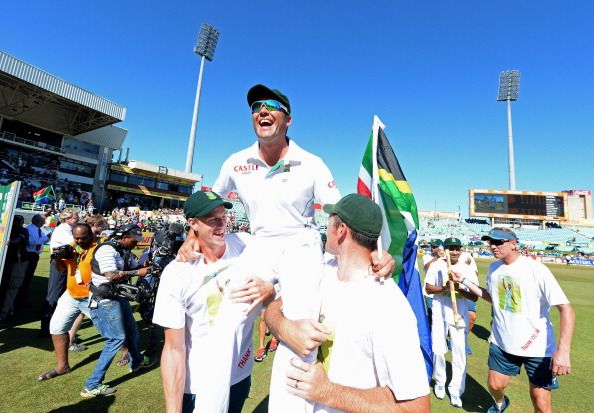
The best player of the ‘Tendulkar-era’ - Jacques Kallis
I call the just-gone-by era as the ‘Tendulkar Era’ since it covers a massive span of 24 years!
Okay, so the query is, who is the best player of the ‘Tendulkar Era’? Mind you, I am not asking solely for just ‘the best batsman’ , ‘the best bowler’ or ‘the best fielder’.
‘The best player’ would be someone who has performed well in all the three formats of the game, in most of the conditions, types of pitch and situations, and someone who has been consistent across a period of time.
Also, additionally, someone who could give his team an added advantage by the ability to create an impact by more than just one among batting, bowling or wicket-keeping, would be a greater contender; although, being too good in a single forte itself, and the best by a daylight compared to others of the time period taken into consideration for that forte, just like Sir Donald Bradman was to his era, would be as good.
So, let’s just put down some names that might feature in our list taking in consideration the above-mentioned criteria [in no particular order] : Glenn McGrath, Sachin Tendulkar, Wasim Akram, Shane Warne, Brian Lara, Ricky Ponting, Jacques Kallis, Rahul Dravid, Adam Gilchrist, Muttiah Muralitharan, Kumar Sangakarra, Curtly Ambrose, Mark Boucher and Virender Sehwag should form the cream of that list for this above-mentioned era.
The pick to the above call is someone whom not many will remember particularly for his playing style, since neither his batting nor bowling styles were not too breath-taking or awe-gasping, but his contributions, often swift & massive, spoke volumes about his amazing ability to dictate the result of a match or to affect its course, by either his batting or bowling, Jacques Kallis!
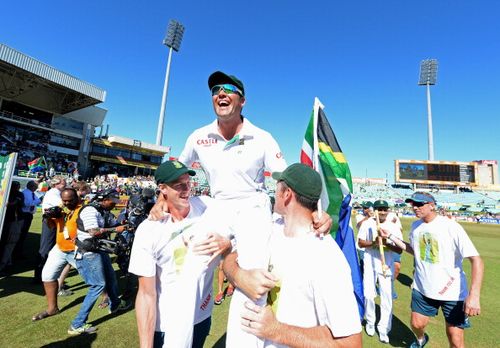
Jacques Kallis
Bowling all-rounders often bat at Number 6-7, and Batting all-rounders often are the second-change bowlers. But Kallis was different. And special.
He batted mainly at Number 3-4 through-out his career, a position where a teams’s best frontline batsmen bat. Also, he has a few times opened the bowling too, bowled first-change and second-change mainly, and has great performances under his belt in all the bowling positions, which speaks about his ability to bowl with new ball as-well-as the old, despite not having too many variations as such.
In his 18 year international career stats go as below:
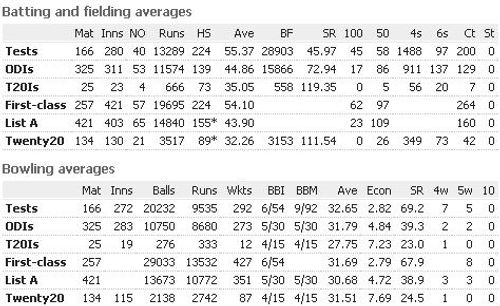
Well sometimes it’s hard to realise that it’s the same person with as many wickets and runs!
What Kallis could do on the field was superhuman-like. As a batsman, he wasn’t as swashbuckling as Lara, neither as perfect as Sachin, nor technically elegant to watch as Dravid, but for the opposition team, he was a silent-nemesis, a nemesis who could go on piling runs, also becoming the rock of the batting department whenever needed.
In 2001-02, he batted 1241 minutes between dismissals in Tests which lead to 456 runs across four innings. Two years later, he scored 158, 177, 130*, 130* and 150* in five successive Tests. And between these two mind-boggling feats, he has a six for 54 against England to win the Headingley Test in 2003, his career best Test bowling figures for an innings.
In a match against the West Indies in 1999, where he batted at Number 3 & bowled first-change, he scored 198 runs & scalped 7 wickets across the 2 innings, which includes his 5/90 in the 2nd innings that won the match for the Proteas.
He generally comes across as a slow-to-start-with batsman who grows in stature after spending some time on the crease, but he holds the World-record for the fastest Test 50 ever, his 24-ball fifty against Zimbawbe!
To add to the impact, his runs have come on all kinds of surfaces, in all countries, and he has succeeded in almost all facets of batting, be it spin, pace, bounce & swing. His few hiccups as a batsman were in England, but he made sure it wasn’t too frequent.
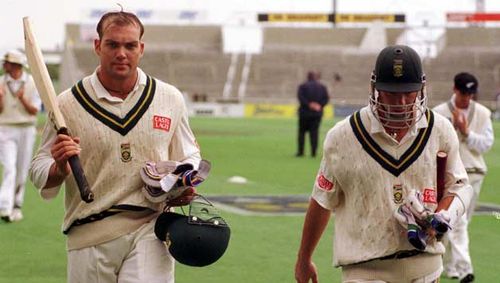
In terms of adapting to conditions, his bowling wasn’t as versatile as his batting, but he has performed almost a frontline bowler-like in atleast half the test playing nations including home, with many match-winning bowling performances. He has sometimes been criticized, mostly wrongly, for his constant habit to bowl outside the off-stump, and being too ‘boring to watch’, but he didn’t let that grow on him, and let his performances do the talking.
His overall dominance in this era is shown by the fact that he is the only player in cricket history to achieve the mark of 10,000 runs in Tests and ODI each and more than 200 wickets in the Tests and ODIs each.
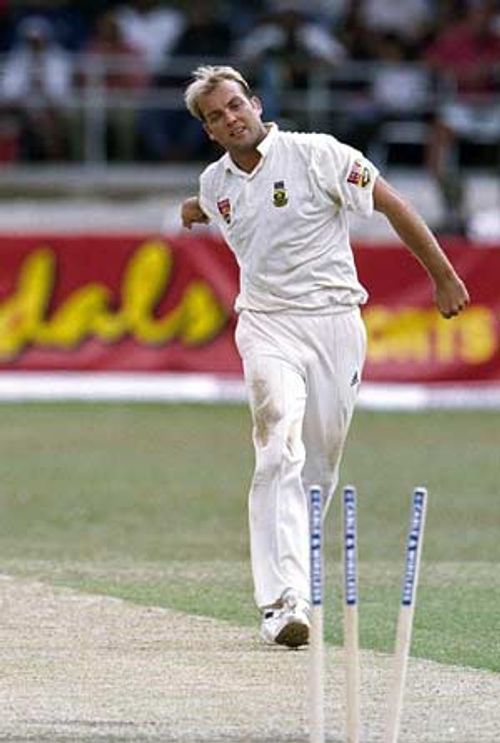
He was also a permanent member of the SA slip-cordon, with his catching being as safe as a house, and has some terrific catches, which has eventually led to him having the 2nd most catches in Tests (200), after Rahul Dravid(208).
His exploits in the semis & the finals of the Wills International Cup (which later became the ICC Champions Trophy) in Dhaka in 1998, where he scored 118 off 100 balls in the semis, followed by his 5 for 30 in the finals, had already defined his big-match temperament.
But despite being in a potent team throughout his career, the ultimate trophy – the World Cup eludes him and his team every time. It is probably the reason that when he chose to retire from Tests, he at the same time mentioned his availability for the 2015 World Cup, the trophy that could be a perfect end to his career if the Saffers manage to win it, and could as well scrap the ‘chokers’ tag from the Proteas.
To sum his contributions up,by statistics:
In Tests, Kallis has:
as many runs as Dravid; as many wickets as Zaheer; as many catches as Dravid.
In ODIs, Kallis has:
as many runs as Inzamam; as many wickets as Zaheer.
In all-T20, Kallis has:
as many runs as Dhoni; as many wickets as Lee.
Well, that’s Jacques Henry Kallis for you; any team’s ultimate luxury; the best player of the Tendulkar-era.
Adios King Kallis.